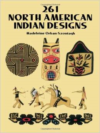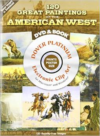Description
Pottery is one of the most important classes of artifacts available to archaeologists and anthropologists. Every year, volumes of data are generated detailing ceramic production, distribution, and consumption. How these data can be interpreted in relation to the social and cultural framework of prehistoric societies in Mesoamerica is the subject of this book. Nine chapters written by some of the most well known and respected scholars in the field offer readers an in-depth took at key advances from the past fifteen years. These scholars examine ethnoarchaeological studies and the Preclassic/Formative, Classic, and Postclassic periods and cover geographic areas from eastern to central Mesoamerica. In a series of case studies, contributors address a range of new and developing theories and methods for inferring the technological, organizational, and social dimensions of pottery economics, and draw on a range of sociopolitical examples. Specific topics include the impacts and costs of innovations, the role of the producer in technological choices, the outcomes when errors in vessel formation are tolerated or rectified, the often undocumented multiple lives and uses of ceramic pieces, and the difficulties associated with locating and documenting ceramic production areas in tropical lowlands. A compelling collection that clearly integrates and synthesizes a wide array of data, this book is the definitive text on pottery economics in Mesoamerica and an important contribution to the fields of anthropology, archaeology ancient history, and the economics of pre-industrial societies.






Reviews
There are no reviews yet.